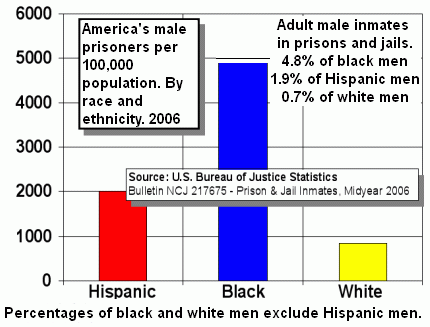The high versus low skill distinction in the immigration debates is back in the news. A recent bill that would reallocate US visas from a diversity lottery to people with STEM degrees failed to pass in the US House of Representatives on Thursday (September 20). In response, pro-immigration economist Alex Tabarrok wrote a blog post Still the No Brainer Issue of the Year linking back to his earlier piece The No Brainer Issue of the Year. Tabarrok quoted his own earlier piece:
Behind Door #1 are people of extraordinary ability: scientists, artists, educators, business people and athletes. Behind Door #2 stand a random assortment of people. Which door should the United States open?
Tabarrok is considering a hypothetical: suppose there were a limited number of people that the United States could offer admission. What people should it pick?
I think that, from the viewpoint of global benefits, particularly the innovation case for open borders, Door #1 is the right choice. However …
The dilemma posed by Tabarrok is fundamentally artificial. Alex Nowrasteh has pointed out in many blog posts (here and here) that the fundamental problem with immigration systems is not who gets to immigrate, but how many. In other words, there are artificial quantity restrictions on immigration that should be lifted or relaxed. Nowrasteh makes this point in the context of comparing auctions and tariffs as means to regulate immigration, and his argument is that auctions don’t make sense because the quantity restriction is artificial. Donald Boudreaux makes an important point in favor of low-skilled immigration here and Bryan Caplan makes another interesting observation here (more at the high versus low skill page).
Tabarrok’s dilemma reminds me of the many problems of lifeboat ethics. Lifeboat ethics dilemmas usually go as follows: you have a single lifeboat, and can only rescue a subset of people who are in danger of dying. What subset should you choose? How much value should you place on the lives of different people? Lifeboat ethics questions are fascinating and yield important moral insights, but they are hard precisely because they do not describe the ordinary real world. The equivalent to the Tabarrok context would be that there are enough lifeboats to rescue everybody but somebody for some reason decided to deploy only one of the dozens of lifeboats, and forbade other people from deploying the other lifeboats. (see also the killing versus letting die distinction).
Stepping back from the lifeboat analogy to the closed doors analogy, it strikes me as questionable that people should be getting put behind closed doors in the first place. Why build two doors, and then ask a third party to pick? This, after all, is not a reality show game of picking between cars and goats. The people behind the doors are real people with aspirations, dreams, and rights. If there were a genuine lifeboat-type situation where only a certain number of people could be allowed to immigrate, then Tabarrok’s arguments are valid and important. But the first point of order should be to question the premise of quantity restrictions, not to solve a constrained optimization problem.
I should close by saying that it isn’t Tabarrok himself who advocates the quantity restrictions. Tabarrok is in favor of expanded immigration of all sorts — see here and a more complete list here. So, when he chooses the lesser of two evils, it would not be appropriate to blame him. He may also be right that shifting existing visas to high-skilled workers may be the only politically realistic goal in the United States at present (though it seems that that, too, isn’t quite working out). But it’s also important to question the premise of quantity restrictions.
PS: A bunch of links with speculation on what would happen if the United States lifted all quantity restrictions on immigration is available at the swamped page of this website.
UPDATE: Alex Tabarrok responds with a tweet here saying “Yeah, I tend to agree. My pt. is that high-skill imm. is a no-brainer for people in US and if we can’t agree on that… “

